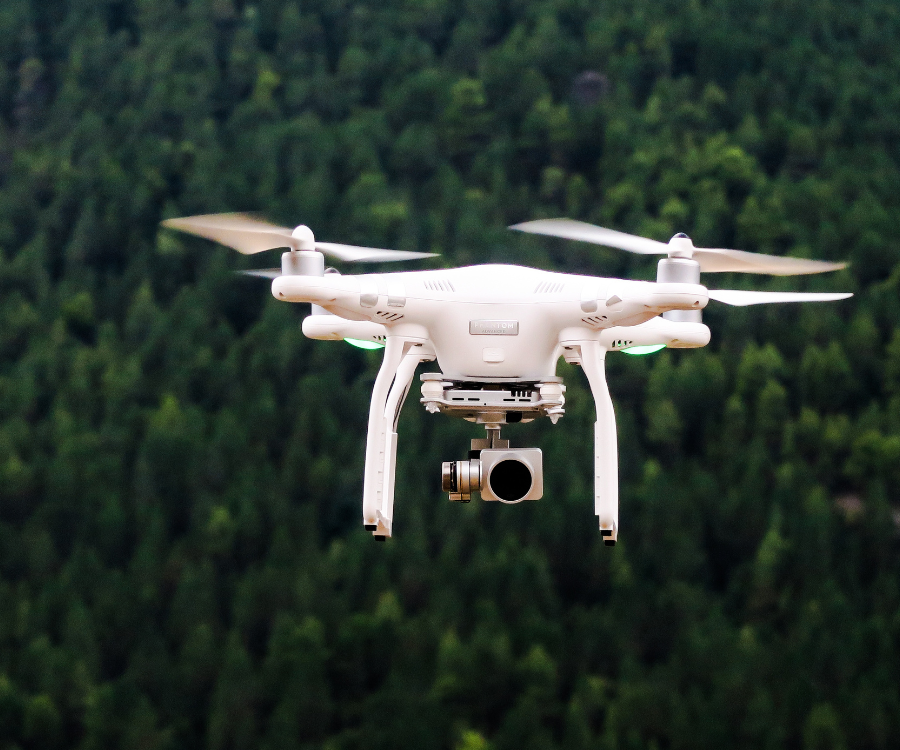How intelligent drone swarms are reshaping missions, from forests to disaster zones.
Drones have evolved beyond simple flying machines.
Today, they form intelligent networks that communicate, coordinate, and collaborate.
These “social networks” are powered by AI, transforming how drones operate across industries.
What Are Drone Social Networks?
Inspired by nature, this technology mimics the behavior of social insects like ants and bees.
These creatures work collectively, share information, and adapt in real time.
Similarly, drones use advanced algorithms to divide tasks and synchronize actions.
As a result, they can share data, make decisions, and adjust to unexpected changes—without human input.
Example 1: Drones Protecting the Environment
Consider a large rainforest that needs environmental monitoring.
Instead of working independently, drones operate as a coordinated swarm.
One drone analyzes air quality.
Another monitors wildlife.
A third evaluates soil health.
This teamwork prevents duplication, improves coverage, and accelerates data collection.
Drone social networks enable smarter, more efficient environmental missions.
Example 2: Drones in Emergency Missions
In disaster zones, speed is crucial.
Drones can provide vital insights when time is running out.
Thanks to social networking, they scan vast areas, identify victims, and send real-time data to emergency teams.
For example, after the 2015 Nepal earthquake, drones equipped with thermal cameras helped locate survivors under debris.
Working together, they covered more ground in less time—saving lives.
Why Drone Collaboration Matters
There are many benefits.
First, coordinated drones increase operational efficiency.
They reduce errors and maximize coverage.
In difficult or dangerous environments, they can perform tasks without risking human lives.
Moreover, when drones share information instantly, they make better decisions.
The result is higher-quality data and faster outcomes.
What’s Next for AI-Powered Drone Swarms?
This is just the beginning.
Future applications will span construction, logistics, agriculture, and public safety.
As AI and communications improve, drone collaboration will become even more sophisticated.
These autonomous drone networks represent a major leap in how machines interact and solve real-world problems—together.


